Description
Polyethylene Glycol (PEG): The Ubiquitous Polymer with a Mighty Impact
Polyethylene Glycol (PEG) is a name that might not be familiar to everyone, but its influence is widespread, touching our lives in countless ways. From the pharmaceutical industry to cosmetics and even industrial applications, this versatile polymer plays a crucial role. But what exactly is PEG, and why is it so valuable?
Understanding PEG: A Water-Soluble Wonder
PEG, also known as polyethylene oxide (PEO) or polyoxyethylene (POE), is a synthetic polymer composed of repeating ethylene glycol units. Its chemical formula is (C2H4O)n, where ‘n’ represents the number of repeating units. This seemingly simple structure is the key to its remarkable properties.
The defining characteristic of PEG is its water solubility. The presence of oxygen atoms in its backbone allows it to readily interact with water molecules through hydrogen bonding. This water solubility varies depending on the molecular weight of the PEG chain. Lower molecular weight PEGs are liquids, while higher molecular weight PEGs are solids.
A Diverse Range of Applications
PEG’s unique properties make it a valuable ingredient in a wide array of applications:
- Pharmaceuticals: PEG is a cornerstone in the pharmaceutical industry. It’s used as a laxative, helping to ease constipation by drawing water into the colon. More significantly, it’s used to “PEGylate” drugs. PEGylation involves attaching PEG molecules to therapeutic proteins or drugs. This process has several benefits, including:
- Increased water solubility: Enhancing the drug’s ability to dissolve in bodily fluids.
- Reduced immunogenicity: Masking the drug from the immune system, reducing the risk of an immune response.
- Prolonged circulation time: Slowing the drug’s degradation and excretion, extending its therapeutic effect and reducing the frequency of administration.
- Cosmetics and Personal Care: PEG is a common ingredient in numerous cosmetic products, acting as:
- Humectant: Attracting and retaining moisture, keeping skin hydrated.
- Emulsifier: Helping to blend oil and water-based ingredients.
- Solvent: Dissolving other ingredients, ensuring even distribution in the product.
- Industrial Applications: PEG also finds use in various industrial settings:
- Lubricant: Reducing friction in various mechanical processes.
- Dispersant: Preventing the clumping of particles in liquids.
- Mold Release Agent: Facilitating the easy removal of molded products.
- Food Industry: Certain types of PEG are approved for use in the food industry as additives, thickeners, and stabilizers.
Safety Considerations
PEG is generally considered safe for use in various applications. However, like any chemical substance, it’s essential to consider safety aspects:
- Potential Allergies: While uncommon, some individuals may experience allergic reactions to PEG.
- Production Methods: Ethylene oxide, a precursor to PEG, is a known carcinogen. Therefore, stringent quality control measures are required to ensure that PEG products are free from ethylene oxide residues.
- Specific Applications: The safety of PEG in specific applications, such as pharmaceuticals, is rigorously tested and regulated by relevant authorities.
The Future of PEG
PEG continues to be a subject of ongoing research and development. Scientists are exploring new applications of PEG in areas such as:
- Drug Delivery: Developing more sophisticated PEGylated drug delivery systems for targeted therapies.
- Tissue Engineering: Using PEG-based hydrogels as scaffolds for tissue regeneration.
- Biomaterials: Creating biocompatible materials for medical implants and devices.
Conclusion
Polyethylene Glycol is a remarkable polymer with a profound impact on various industries. Its unique water solubility, biocompatibility, and versatility make it an indispensable ingredient in pharmaceuticals, cosmetics, and industrial applications. As research continues to uncover new applications for PEG, its role in improving our lives is likely to become even more significant in the future. While safety considerations are important, the benefits of PEG far outweigh the risks, solidifying its position as one of the most valuable polymers in modern science and technology.


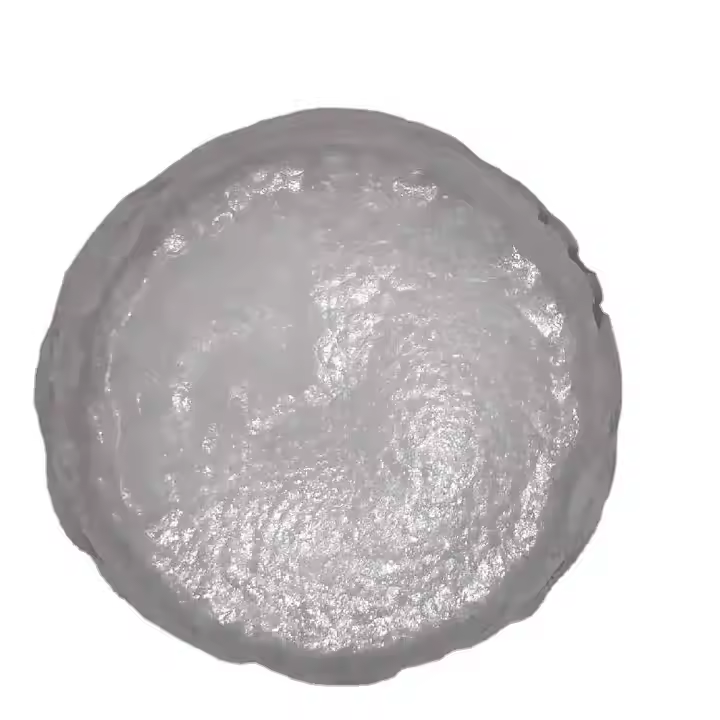

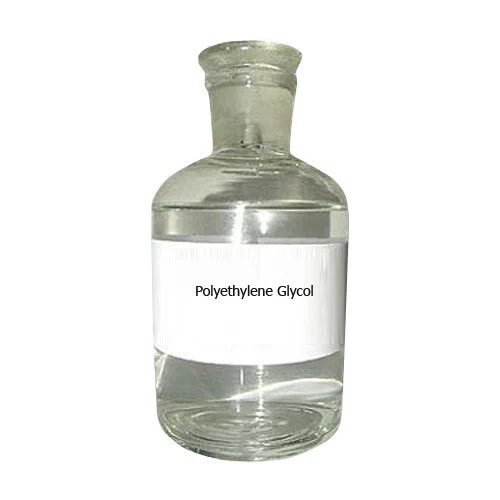
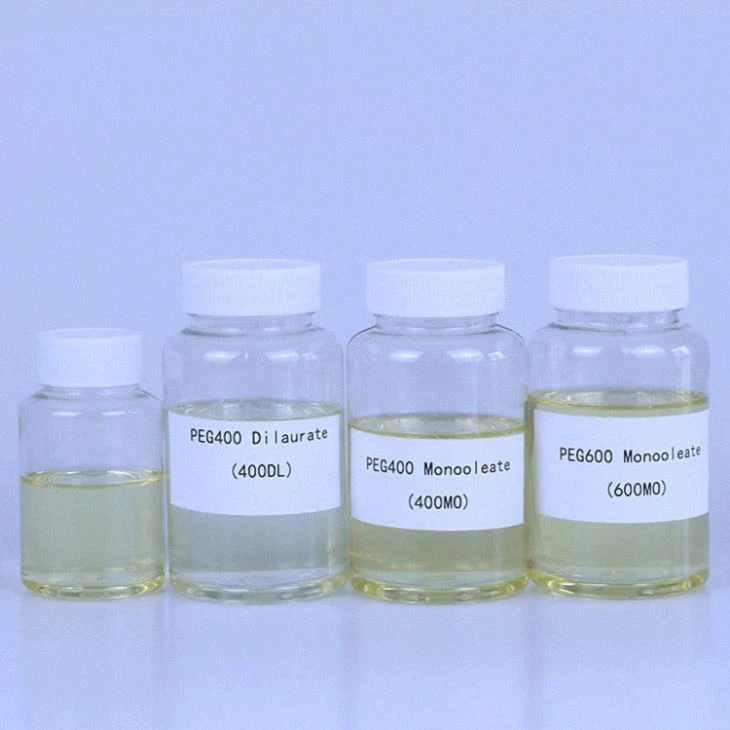
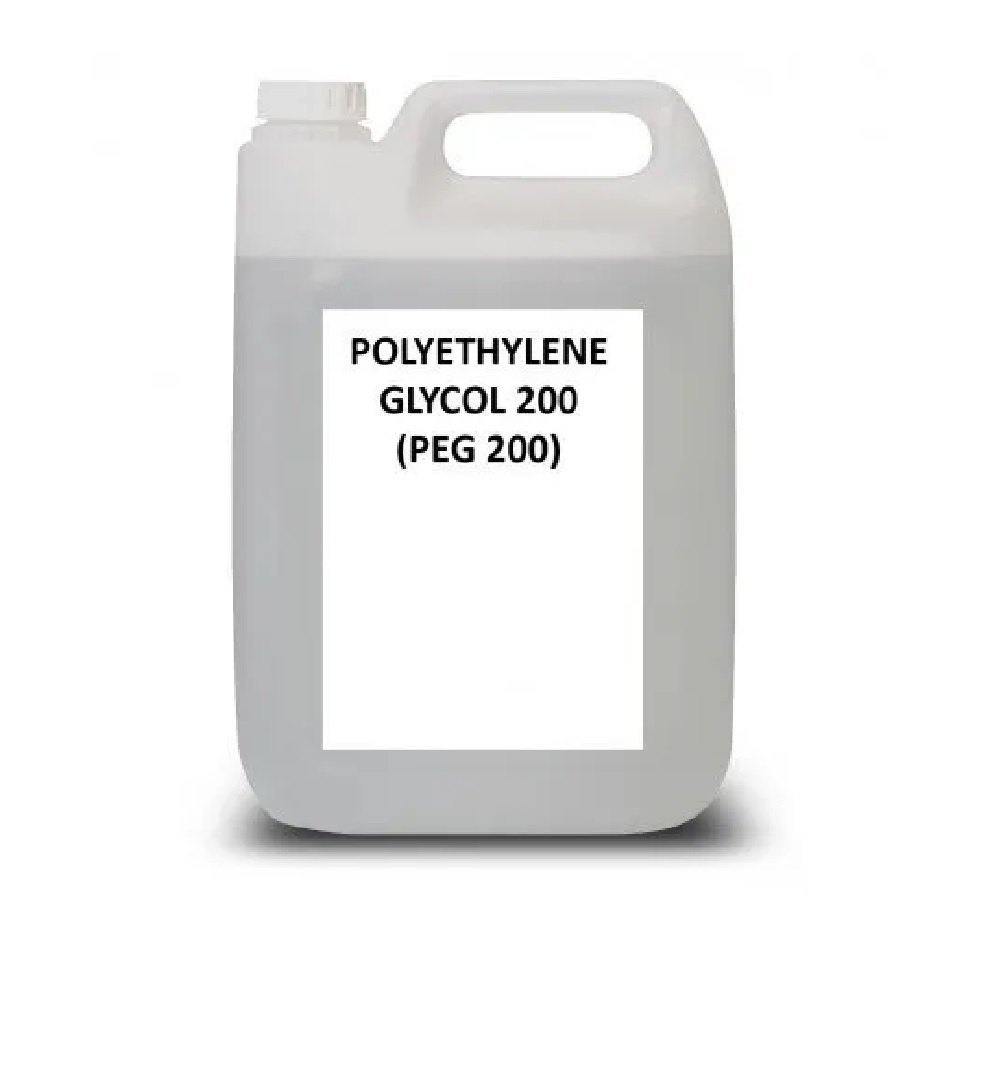

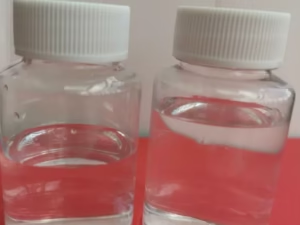
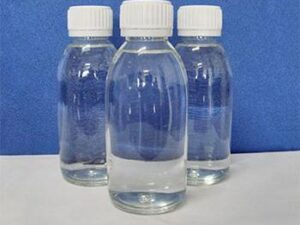


Reviews
There are no reviews yet.